(Today's Torah portion is Tazria. This is the commentary on Tazria I wrote and posted in my old blog on 04/24/2007.)
TORAH: Vayikra (Leviticus) 12:1-13:59
HAFTARAH: Melakim Bet (2 Kings) 4:42-5:19
KETUVIM NETZARIM: Luke 7:18-35; Yochanan (John) 6:8-13
This Torah portion gives the instructions for what is to be done when a woman bears a child. If she gives birth to a male child, she is unclean for seven days, and on the eighth day, the baby is circumcised. The mother remains in the days of her cleansing for an additional 33 days, for a total of 40 days, and then she is to bring the sacrifices to the temple, and then she will be clean. For the birth of a female child, the time of uncleanness is doubled, a total of 80 days.
This instruction is not meant as a condemnation for having a baby because obviously that is fulfilling a mitzvah (commandment) for married women:
Gen 1:28 And Elohim blessed them, and Elohim said to them, "Bear fruit and increase, and fill the earth and subdue it, and rule over the fish of the sea, and over the birds of the heavens, and over all creatures moving on the earth."
It is the blood that is the reason for this uncleanness:
Gen 9:4 "But do not eat flesh with its life, its blood.
Blood is life, and when it passes from a woman after childbirth, it is like a death. All the contents of her womb--the placenta, uterine lining and blood--are there to nourish and sustain the life within her, but once the baby is born, this blood and tissue sloughs off because it has served its purpose, and it dies as it leaves her body. This puts the woman not only in the realm of life (her new baby), but also in the realm of death because of the dying blood and tissue leaving her body.
Contact with death renders one unclean:
Num 19:11 'He who touches the dead of any human being is unclean for seven days.
If we look at the Hebrew words for clean (tahor) and unclean (tamei), the deeper meanings are 'fit for use' and 'unfit for use'. Since we are vessels for His Spirit, we can understand this clean/unclean concept better from that perspective.
The sin offering for the woman who has given birth is understandable when we remember that, while Adam and Eve were created in the image of Elohim--
Gen 1:27 And Elohim created the man in His image, in the image of Elohim He created him – male and female He created them.
--since the sin of Adam and Eve, mankind has been brought forth in the image of Adam:
Gen 5:3 And Adam lived one hundred and thirty years, and brought forth a son in his own likeness, after his image, and called his name Sheth.
Even when our mother is married, we are conceived in sin because of this inherited carnal nature from Adam:
Psa 51:5 See, I was brought forth in crookedness, And in sin my mother conceived me.
The sin offering is brought to the temple after the birth of a baby because of this inherited sin nature.
The reason there is a longer period of uncleanness after the birth of a female baby is not because male babies are superior or anything like that. The difference between a male baby and a female baby is that female babies often have a bloody discharge of their own as a result of the mother's hormones passing out of their bodies, so the time of uncleanness is doubled because there are two blood flows involved when there is a mother and daughter and only one blood flow with a mother and son.
We can learn something about our Messiah by reading these instructions:
Lev 12:6 'And when the days of her cleansing are completed, for a son or for a daughter, she brings to the priest a lamb a year old, as a burnt offering, and a young pigeon or a turtledove as a sin offering, to the door of the Tent of Meeting.
Lev 12:7 'And he shall bring it before YHWH, and make atonement for her, and she shall be cleansed from the flow of her blood. This is the Torah for her who has given birth to a male or a female.
Lev 12:8 'And if she is not able to bring a lamb, then she shall bring two turtledoves or two young pigeons, one as a burnt offering and the other as a sin offering. And the priest shall make atonement for her, and she shall be clean.' "
We can see that Yeshua's parents were Torah-keeping Jews who faithfully followed these instructions:
Luk 2:21 And when eight days were completed for Him to be circumcised, His Name was called Yeshua, the Name given by the messenger before He was conceived in the womb.
Luk 2:22 And when the days of her cleansing according to the Torah of Mosheh were completed, they brought Him to Yerushalayim to present Him to YHWH –
Luk 2:23 as it has been written in the Torah of YHWH, "Every male who opens the womb shall be called set-apart to YHWH" –
Luk 2:24 and to give an offering according to what is said in the Torah of YHWH, "A pair of turtledoves or two young pigeons."
We also learn from this passage that Yosef and Miryam were poor, since they could not afford to bring a lamb.
There is also a lot to be learned from the instructions for 'leprosy' (not the disease that is called leprosy today) in chapter 13, but for now it is significant to note that the healing of 'lepers' was an extremely rare occurrence:
Luk 4:27 "And many lepers were in Yisra'el in the time of Elisha the prophet, and none of them was cleansed except Na'aman the Aramean."
The story of Na'aman (a gentile) can be found in the Haftarah portion in Melakim Bet (2 Kings). Since healed 'lepers' were a rarity in Israel, it is likely that the priesthood didn't have a whole lot of practice following the procedures outlined in Vayikra (Leviticus) for a healed 'leper'. Can you imagine what it must have been like for the priests when, in the first century, all of a sudden there were masses of healed 'lepers' showing up at the temple looking for the priests to help them with those offerings?
Mar 1:42 And immediately the leprosy left him, and he was cleansed.
Mar 1:43 And having strictly warned him, He immediately sent him away,
Mar 1:44 and said to him, "See, say none at all to anyone, but go show yourself to the priest, and
offer for your cleansing what Mosheh ordered, as a witness to them."
Because of this and so much more, it is easy to understand why "a great many of the priests were obedient to the belief":
Act 6:7 And the Word of Elohim spread, and the number of the taught ones increased greatly in Yerushalayim, and a great many of the priests were obedient to the belief.
May we follow the example of the healed 'lepers' and all those priests and be obedient to the belief.
Saturday, April 5, 2008
Tazria (She Bears Seed)
Posted by Me
Labels:
The Scriptures
![]()
![]()
Subscribe to:
Post Comments (Atom)




















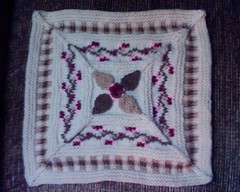

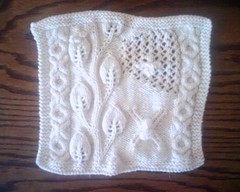
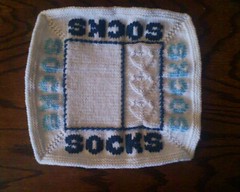
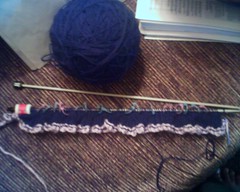
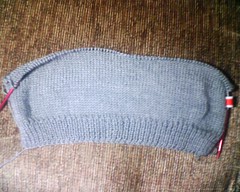


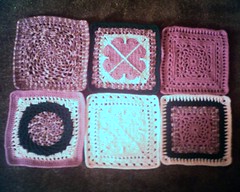

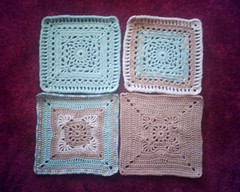




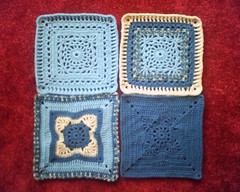
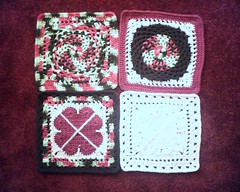
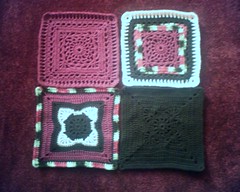
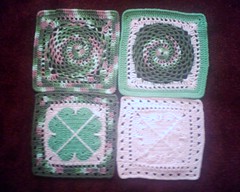
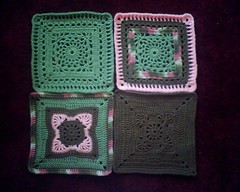



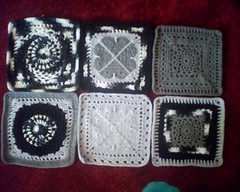





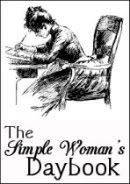



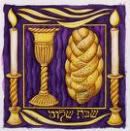












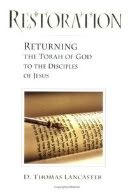


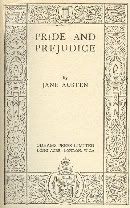

0 comments:
Post a Comment